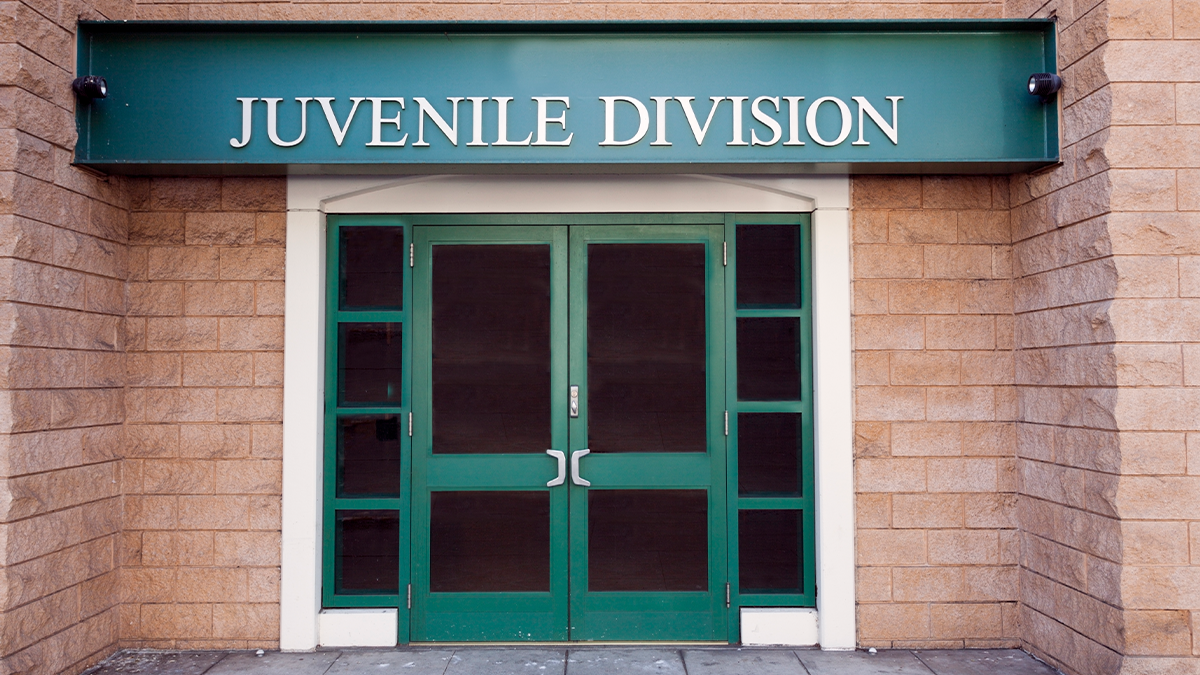Toussaint Romain knows the power of perceptions.
As a Black man in America, he’s a graduate of elite schools, an attorney and a non-profit CEO who wears a suit every day to work.
“I’ve traveled to 46 states in the United States and have lived overseas, been throughout Europe and Africa and other places. And I would simply say I’ve been fortunate again to have privilege and to see it,” the CEO of the Charlotte Center for Legal Advocacy told NPF’s Future of the American Child Fellows in Charlotte. “But then when I come back to America, I’m still followed in the stores. I’ve been handcuffed and thrown to the ground by police officers. I still get harassed like anyone else.”
As a former Assistant Public Defender for Mecklenburg County, North Carolina, Romain has also witnessed the trajectory of too many young Black men on a seemingly inescapable path to incarceration. He challenged journalists to gain a solid grasp of systemic barriers when reporting on the well-being of American children, specifically young Black males.
“It’s not that Black men are filling our coffers of prisons and other things because they’re inferior or that they commit more crime. It’s simply because they are selected and prosecuted more than the counterparts of those that look just like them.”
Romain took aim at the U.S. prison system.
“It’s not meant for rehabilitation, retribution. It’s meant to be an industry that produces revenue,” he said. When people get out of prison, “they really want to do well, but if you’ve been convicted of a felony, you can’t get financial aid for school. If you’ve been convicted of a felony, you can’t get housing, can’t work certain jobs, most jobs. So if I can’t get a job, if I can’t get a place to live, and if I can’t go back to school, where else do I go? To an environment where there’s recidivism and … I end up back in the prison system.”
“Ever heard of a runaway slave who’s always brought back to the plantation? We live in a system where there’s a perpetual prison and slave labor, and the school-to-prison pipeline I’ve talked about, it’s Black, brown, and poor white folks.”
Romain launched a historical exploration into the roots of America’s racist policies, suggesting that the American socio-economic system and its stratification by race and class are yielding the intended results.
“Around the Civil War period, the 1860s circa, we saw the (birth of) Jim Crow or the implementation of these new laws because freed or poor white folks were saying to the upper-class white folks, ‘You now let slaves be freed, but they’re competing for the same resources that we all now have to compete with.’ So, we created some laws that basically said if they steal a pig or they do something else, with the 13th amendment, then we can incarcerate them and treat them just like slaves all over again.”
Through a series of slides and interactive exercises, Romain asked the journalists to imagine the American story if the central characters – Black and white Americans – reversed roles. Would white families face as many financial barriers and generational deficits as many Black families do?
“In a system where 700 years of control has been for Black folks and they’re able to reign supreme, everything is made, designed and benefits them … wouldn’t we call this a system of Black supremacy? With Black privilege?” Romain asked.
Romain cautioned journalists to not lose sight of the pivotal role that economic power and control have played in the overall well-being of millions of Americans throughout this nation’s history.
“I would submit to you we’ve had three reconstruction periods in at least the history that I would know as American history. That is the reconstruction period after the Civil War, the reconstruction period after the civil rights movement, but also the reconstruction period after COVID,” he said. “If you think about the transfer of wealth, those who became extremely wealthy, those who were able to sort of capitalize on the revenue and income and the wealth, and then use that to their own benefit, I think you would see that this system is designed to make the rich richer.”
Access the full transcript here.
This fellowship is funded by the David and Lucile Packard Foundation, the W.K. Kellogg Foundation and the Heising-Simons Foundation. NPF is solely responsible for programming and content.









